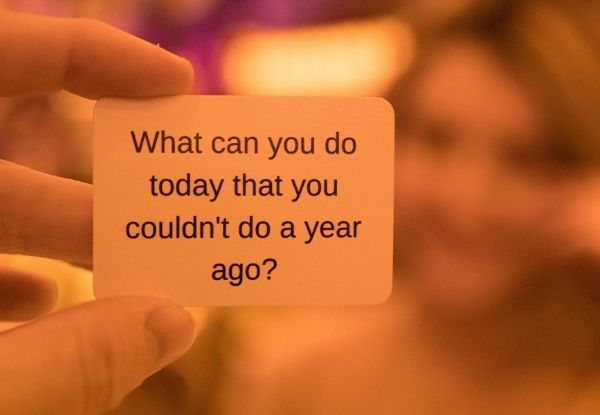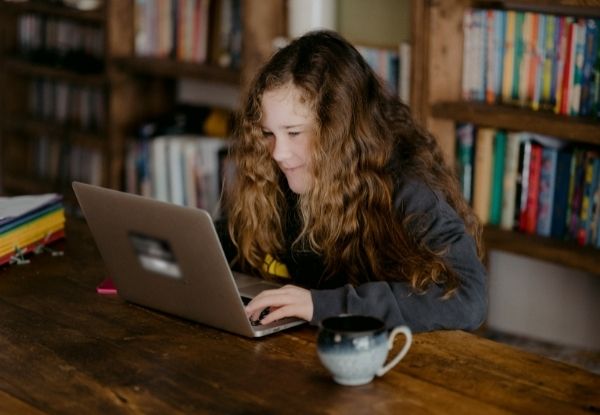Attention literacy teachers! We hear you; teaching is hard. Really hard. Beyond managing student and parent demands, plus extra-curricular activities, there’s the overriding and absolute need to help each student meet literacy learning progressions for their age level.
So instead of having to rifle through pages and pages (if you want to, grab a coffee and jump over to the ACARA website here), we decided to wrap up an overview of the literacy learning progressions for Reading and Viewing. Here, we also discuss how to easily apply these identified progressions for an individualised approach to your teaching.

Develop a personalised learning experience for your students.
The National Literacy Learning Progressions, as stipulated by the Australian Curriculum, Assessment and Reporting Authority (ACARA) to support the implementation of the Australian Curriculum, describe common pathways for students from Kindergarten to Year 10.
“The learning progressions aim to ensure literacy is taught explicitly in schools and that the needs of students are addressed.”
ACARA
While the literacy learning progressions are a standardised approach to assessing the skills development of students, the aim is to find a way to apply this individually. You’re not alone. It’s a tricky balance for every teacher.
Overview of the Literacy Learning Progressions for Reading and Viewing
Briefly, the literacy progressions for Reading and Viewing, as directed by ACARA, define the following elements:
- Phonological Awareness – Can the student identify the sound elements of words that are spoken: syllables, phonemes and rhyme?
- Phonic Knowledge and Word Recognition – To what level is the student able to understand the correspondence between letter and sound and apply this to encoding and decoding?
- Fluency – Combine speed, accuracy and expressiveness to determine a student’s progression in being able to read and comprehend more complex texts.
- Understanding Texts – The level at which students read texts and are able to know the meanings of words, while analysing others and making evaluations to draw inferences and create meaning.
Determining a student’s literacy knowledge is imperative for literacy progression. The literacy learning progressions are in place to be used by whole schools, teaching teams and individual teachers for:
- Differentiating assessment
- Planning for teaching
- Diagnostic assessment
- Monitoring progress over time
- Student self-assessment
- Scaffolding curriculum area learning
- Identifying curriculum literacy and numeracy demands
Source: NSW Government
Help is here for personalising learning progressions
It’s all well and good to aim for personalisation, but how does it practically apply to lesson planning and student assessment? While education departments will, over time, develop and make accessible online platforms to assist teachers in targeting progressions, LiteracyPlanet’s program will help right away. Importantly, it offers a personalised learning approach, supported by intelligent assignment of tasks and meaningful reporting functions.
These practical applications of these learning progressions are all backed up by the effective practise, learn and test approach that focuses on a personalised mission plan to consolidate learning or circle back to learning gaps. LiteracyPlanet fosters an environment of safe and fun learning, while also building digital skills, vital for students’ development as they engage with their wider world.

Use LiteracyPlanet to monitor students’ learning progressions.
You can target literacy needs today with LiteracyPlanet as it helps you easily intervene and helps your students to build their knowledge and skills. Especially in larger classes, it can be a struggle to help every student individually develop through literacy progressions. Yet, when it comes to reading and viewing progressions, LiteracyPlanet stands proudly as a program that will help you monitor each student’s progress over time.
Instead of static, formative assessments at points in time that, let’s face it, take hours of planning and marking, you can use the expertly created (from teachers just like you) content for Grammar, Comprehension and Spelling in LiteracyPlanet.
LiteracyPlanet is curriculum-aligned to give school leaders and classroom teachers assurity of accurate literacy skill building, testing and consolidation. Addressing the elements of reading and viewing literacy learning progressions, some of the key aspects of the LiteracyPlanet program applied are described below:
- Spaced repetition to ensure students’ knowledge and skills improve over time. The student revisits a task at spaced intervals, resulting in greater retention of learning.
- Improvement results are easily viewed for each task or concept in our Reporting Dashboard. No need to compare results to see improvement.
- Teachers can assign individual concepts from each strand, enabling you to target specific skills.
- Game types are modern and include meaningful gamified elements that lead to students wanting to play the games time and time again. They’re fun!
- An external curriculum alignment tool that enables you to assign tasks that align to the outcomes in your curriculum.
- A professional development module that provides teachers training on how to get the most out of LiteracyPlanet.
- A custom spelling tool that enables you to assign spelling and vocabulary lists to students. Share with colleagues too, if you like!
- A word-building tool that students can use to improve their spelling and vocabulary.
- Text-enabled speech enables students to click on each word to hear its sound.
“Literacy is fundamental to a student’s ability to learn at school and to engage productively in society.”
This is meaningful content that is carefully crafted to seamlessly integrate with the curriculum. Our focus is on the quality of the content to which your students are exposed. And in the process, we make your time more purposeful. Less admin, more teaching, and more personalised learning. Isn’t that what we’re all working towards?




